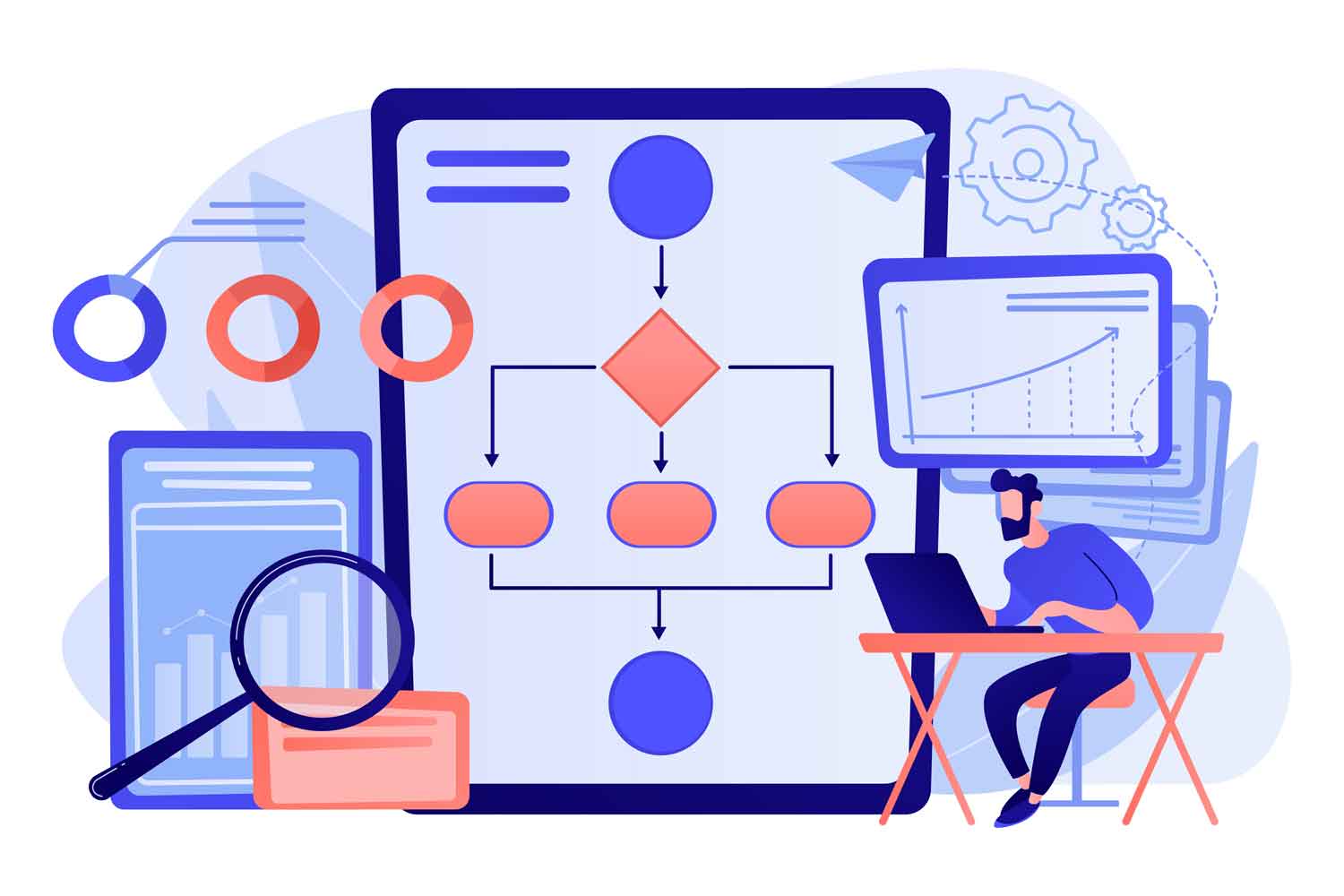In the dynamic world of business, the continual evolution of technology propels industries forward. Workflows—the very heart of every business—are also subject to this relentless progress. As traditional methods become outdated and inefficient, automation and integration emerge as critical tools for long-term success. Future-proofing workflows is no longer an option; it’s a necessity. To withstand technological advancement and the rapidly changing business landscape, embracing these two components has become integral.
Incorporating multi tenant workflow integration into the automation and integration strategy of an organization is a revolutionary approach. The beauty of multi-tenant integration is its capability to provide services to multiple customers or tenants using a single platform. By employing this innovative approach, businesses can optimize their resources, reduce operational costs, and enhance efficiency while maintaining distinct, secure environments for every tenant.
Understanding Automation And Integration
Automation and integration have become the fundamental pillars of successful workflows. Automation eliminates tedious, manual tasks, freeing up time and resources, and enabling employees to focus on higher-value tasks. By allowing routine jobs to be performed without human intervention, it increases productivity and reduces the chances of error.
Integration, on the other hand, ensures seamless communication between different software and systems within an organization. It unites disparate parts of a business, fostering collaboration and coherence. With data and information moving fluidly across platforms, decision-making becomes quicker and actions are more effective.
The Importance Of Future-Proofing Your Workflows
Outdated and disjointed workflows just won’t cut it. Businesses need to proactively adapt to technological advancements and changing market dynamics to stay relevant. Future-proofing workflows means creating systems that are adaptable, scalable, and resilient.
Embracing automation and integration not only increases operational efficiency but also improves business agility. When workflows are automated and integrated, businesses can quickly adapt to change, seize new opportunities, and drive innovation. This proactive approach can pave the way for long-term success in an ever-changing business environment.
Steps Towards Workflow Automation And Integration
Adopting automation and integration isn’t an overnight process. It requires careful planning, strategizing, and execution. First and foremost, organizations need to identify the areas where automation and integration can bring the most significant benefits. It may be customer service, sales, marketing, or any other department that involves repetitive, time-consuming tasks.
Once the areas are identified, the next step is to choose the right automation and integration tools. Businesses should look for solutions that are flexible and customizable as every organization has its unique workflow needs. Furthermore, these tools should be easy to use, with a simple interface that requires minimal training.
Ensuring Long-Term Success
Adapting to automation and integration can bring immediate benefits. However, the real value lies in the long-term success they can drive. Businesses need to regularly review their automation and integration strategies, ensuring they continue to align with the changing business environment.
Moreover, employee engagement is vital to the success of any change management process. Employees should be trained and equipped to work with automated and integrated workflows. They need to understand how these new systems can enhance their productivity and make their jobs easier.
To reap the full benefits of automation and integration, businesses must foster a culture of continual learning and improvement. It’s not enough to simply implement these tools; organizations need to constantly evolve and adapt to leverage the opportunities they offer.
Achieving Workflow Optimization
The power of multi-tenant workflow integration comes into play when dealing with large volumes of data across various departments, clients, or locations. The essence of this approach lies in its ability to process and manage data on a single platform while ensuring individual data privacy and security.
This integration model significantly reduces redundant operations and enhances data flow. It promotes transparency and collaboration by allowing multiple tenants to access and utilize shared resources. In doing so, it leads to quicker decision-making and improved business outcomes.
Keeping Up With Technological Advancements
In a world where technology continues to advance at breakneck speed, keeping up with these developments is crucial for business survival. Automation and integration strategies help businesses stay ahead of the technological curve.
By using AI-powered automation tools, businesses can streamline their processes and predict future trends. And through cloud-based integration, they can connect different software and systems, ensuring seamless information exchange. These strategies can equip businesses to navigate the technological landscape, future-proof their workflows, and ultimately, achieve long-term success.
Conclusion
Future-proofing workflows through automation and integration is a smart move for any business. In a world where change is the only constant, these strategies can provide the stability and flexibility organizations need to thrive. They not only enhance operational efficiency and productivity but also foster a culture of innovation and adaptability, paving the way for long-term success.









